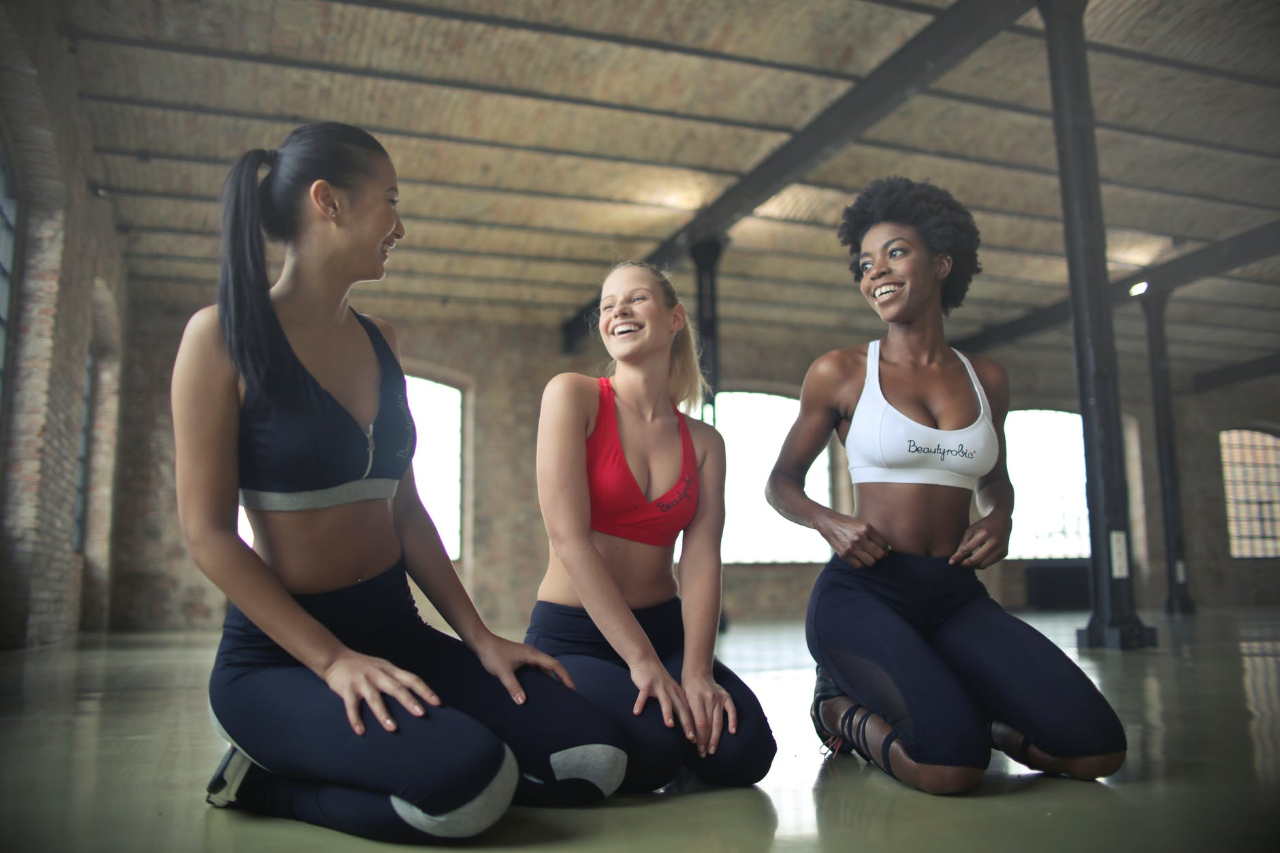As a woman that is both a personal trainer and also a member of a gym, I feel gender inclusivity for women in fitness is improving, but progress still needs to be made. Being a personal trainer and a client, I have two distinct views as to how inclusive the fitness industry is for women today, and how it needs to change to be truly inclusive for everyone.
Inclusivity for Women Fitness Professionals
First, I’ll start with inclusivity in the fitness industry for female fitness professionals. Personally, I have found that job opportunities in the fitness industry are great for women!
Many fitness businesses are hiring women specifically to be trainers in their gyms. As a personal trainer, I’ve had both male and female clients who have been eager and excited to work with a female trainer. Of course, I have experienced a few men who have taken one look at my 4-foot-11 frame and say, “What can you really do to help me with my workouts?” Luckily, for me, that reaction has been the exception, not the rule.
As a personal trainer, I find that in teaching group classes, being a woman has actually been a benefit. I have no problem getting classes and it does seem to be a position that is somewhat dominated by women. Sure, there are some men teaching group classes, but my experience has been that there are more women applying for fitness instructor positions, which results in more women teachers. Between personal training and teaching classes, I have found the fitness industry to be a great career choice for me.
Take your Fitness Business digital.
Start your free 30-day trial of Trainerize.
Inclusivity for Women Fitness Consumers
As you can imagine, since I am a personal trainer and fitness instructor, I spend my fair share of time in the gym on my own workouts and fitness. As a woman consumer in the fitness industry, I find that there are some systematic issues with inclusivity for women.
One of the first things I notice when walking into a gym is how big the strength machines are designed. Even though I am smaller than most women, I have heard women of average height complain to me about how they don’t fit the machines either. The reality is, the machines are designed for big bodies. Using a machine that doesn’t fit you makes it hard to get a good workout. You’re working within the restrictions of the size of the machine. I understand that there are a lot of bigger people than me, but there are also people that are smaller! It would be nice for manufacturers of strength machines to provide more diverse sizing and more options for adjustments. Fitness machines should fit all sizes and genders of people, whether big or small.
When I head over to the free weights area, I notice that is mostly a male-dominated area. Personally, I am not intimidated because I am confident in my knowledge and abilities. However, there are many women that feel intimidated and are uncomfortable approaching the free weight area. This may be because of all the men lifting (and dropping) heavy weights. This prevents women from exploring the diversity of workouts, which restricts their fitness journey. As a result, you will often find women on cardio equipment and men on the free weights when you enter most gyms.
I have also experienced inappropriate comments in the gym, such as how much weight someone thinks I should be lifting. Again, because I am a woman and a small person, other members don’t believe in my abilities to lift heavy weights, which is frustrating.
Making Change is Everyone’s Responsibility
Gender inclusivity has come a long way. There has definitely been a lot of changes in the industry over the last 20 to 30 years. More women are going to the gym, and are lifting weights. However, there is still a long way to go on making women feel equally included and welcomed in the fitness industry. I look forward to contributing to this change, both as a fitness professional and fitness consumer.

